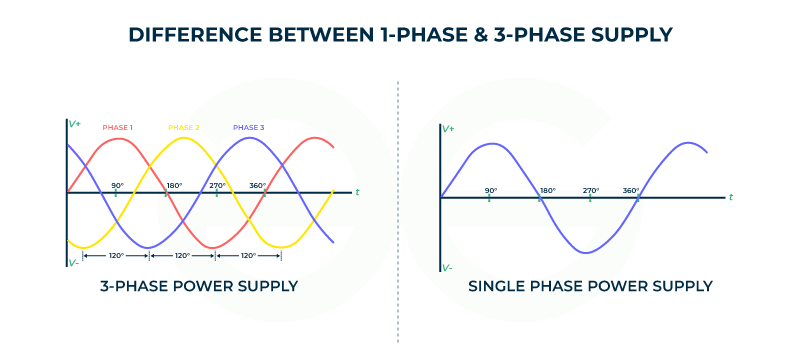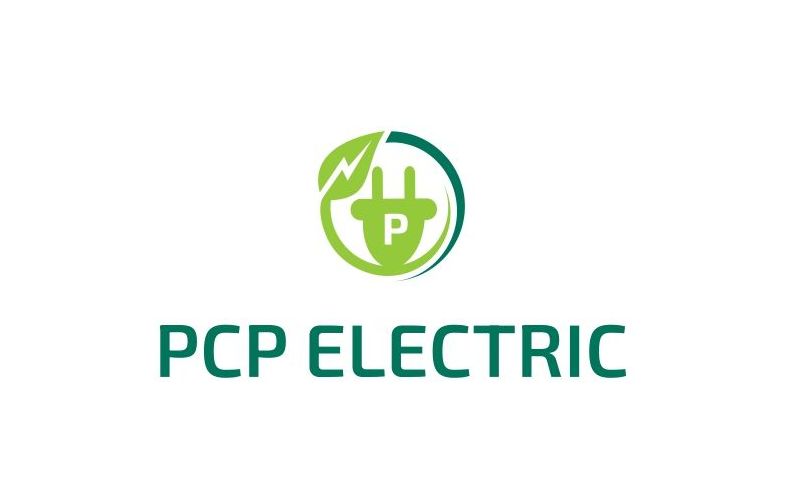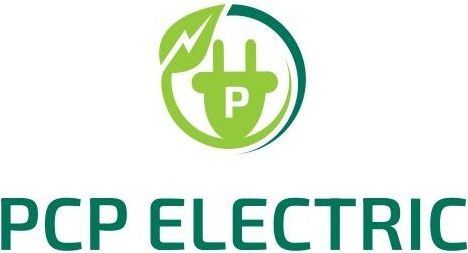The Difference Between Single-Phase and Three-Phase Electrical Power
What is Difference Between Single-Phase and Three-Phase Electrical Power?

Electrical power is an essential aspect of modern life, powering everything from household appliances to large industrial machinery. Understanding the differences between single-phase and three-phase electrical systems is crucial for both residential and commercial applications. While both systems serve to deliver electricity, they do so in distinct ways, each with its unique set of advantages and limitations. In this article, we will explore the key differences between single-phase and three-phase electrical power, focusing on aspects such as power delivery, single-phase voltage, power consumption, and high power demands.
What Is Single-Phase Power?
Single-phase power is the most common form of power delivery for residential and light commercial applications. It involves a simple circuit with two conductors: a live (or hot) wire and a neutral wire. The alternating current (AC) in a single-phase circuit oscillates in a sinusoidal waveform, with the voltage rising and falling at regular intervals.
Typically, in the United States, single-phase voltage is supplied at 120V or 240V, depending on the type of electrical system in place. In other parts of the world, such as Europe, 230V is more commonly used for single-phase circuits. The voltage fluctuates between a peak value and a trough value, providing a steady, reliable supply of energy for low-to-medium power needs.
Single-phase circuits are ideal for smaller electrical loads like lighting, household appliances, and small motors. However, when higher power demands arise, such as for large appliances, air conditioners, or industrial machinery, single-phase circuits can quickly become inadequate.
What Is Three-Phase Power?
Three-phase power, on the other hand, is the preferred choice for high power demands and larger-scale applications, particularly in industrial settings. As the name suggests, three-phase power consists of three alternating currents that are staggered by 120 degrees from each other. Each phase is carried on its own wire, and the system usually includes a fourth wire for the neutral conductor.
In a three-phase electrical system, the voltage does not drop to zero in any of the phases at any given moment. This is a key difference from single-phase power, where the voltage fluctuates to zero during part of the cycle. As a result, three-phase power delivers a much smoother and more consistent flow of electricity. This continuous energy delivery is ideal for running high-power equipment that requires more torque, such as large motors and industrial machinery.
The voltage in a three-phase system is often higher than in a single-phase system, with typical voltages being 208V, 400V, or 480V, depending on the country and specific application.
Key Differences Between Single-Phase and Three-Phase Power
- Power Delivery
- Single-Phase Power: In a single-phase system, the power delivery is less efficient for high power needs. Since the power alternates, the voltage dips to zero during each cycle. This creates interruptions in the power supply, leading to fluctuations in the efficiency and performance of motors or appliances.
- Three-Phase Power: The primary advantage of a three-phase system is its ability to deliver a continuous, uninterrupted flow of power. Since the phases are staggered, there is always some amount of power being supplied, preventing voltage drops to zero. This results in more efficient power delivery for high-demand systems.
- Voltage and Current
- Single-Phase Voltage: A single-phase system typically uses lower voltage, ranging from 120V to 240V, depending on the region. This is sufficient for most household and small business applications but not for larger equipment.
- Three-Phase Voltage: The voltage in a three-phase system is much higher, typically ranging from 208V to 480V. This allows it to handle larger loads more efficiently, making it the preferred system for industries and large buildings.
- Power Consumption
- Single-Phase Power: Since single-phase circuits are typically used for smaller appliances and devices, their power consumption is generally lower compared to three-phase circuits. However, when large motors or high-power devices are run on single-phase circuits, the system becomes inefficient, leading to higher energy losses and higher operational costs.
- Three-Phase Power: With its continuous power flow and higher voltage, three-phase power is more efficient for high-power applications. It helps reduce energy losses during transmission, making it more economical for larger power consumers. Although three-phase circuits may require more complex infrastructure and higher initial installation costs, their operational costs tend to be lower in the long run due to better efficiency.
- High Power and Load Distribution
- Single-Phase Circuit: A single-phase circuit is limited in the amount of power it can safely carry. For smaller applications, this limitation is not an issue. However, when multiple high-powered devices or machinery are connected, the system can quickly become overloaded. Additionally, the single-phase voltage can result in inefficiencies and possible damage to sensitive equipment due to fluctuating power levels.
- Three-Phase Power: Three-phase power is designed to support high-powered loads with minimal voltage drop and power loss. By distributing the load evenly across three wires, the system can easily accommodate large machinery, HVAC systems, and other industrial-grade equipment. This is why three-phase power is the system of choice in industrial, commercial, and large residential applications where high power is a necessity.
- Motor Operation
- Single-Phase Motors: Single-phase motors are typically used for low-power devices like fans, pumps, and small tools. However, they are less efficient and less reliable for high-torque applications. As a result, single-phase motors require additional components, such as capacitors, to start and operate efficiently.
- Three-Phase Motors: In contrast, three-phase motors are more efficient and provide better performance, especially for applications requiring high torque and continuous operation. The three-phase power system naturally provides a more balanced and stable operation for motors, reducing wear and tear and improving the lifespan of equipment.
Which System Should You Use?
The choice between single-phase and three-phase power depends primarily on the type of load you are working with and the size of the electrical system you need.
- For residential use, single-phase power is usually more than adequate, as most homes do not have large power demands beyond heating and cooling, lights, and appliances.
- For commercial and industrial applications, three-phase power is the preferred choice due to the increased power requirements of industrial machinery, HVAC systems, and other high-demand equipment. This system offers superior efficiency, better power distribution, and the ability to handle high power loads without significant losses or disruptions.
Conclusion
In summary, the differences between single-phase and three-phase power are primarily centered around their power delivery, efficiency, and ability to handle high power loads. Single-phase circuits are ideal for low-power applications and residential use, offering reliable single-phase voltage for household appliances. In contrast, three-phase power excels in industrial, commercial, and large-scale applications, where power consumption and continuous power delivery are critical. Understanding these differences is essential for selecting the right electrical system for your needs, ensuring both efficiency and cost-effectiveness in your energy consumption.
Read also Maximizing Safety and Efficiency


